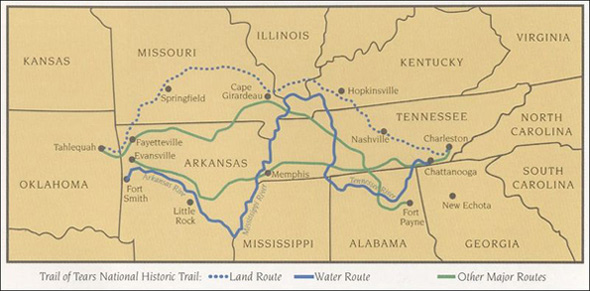Examining modernized natives who describe the difficultly in relating to traditional and mainstream cultures, and trying to break down stereotypes of how they are portrayed in the media. One of the researchers in the below video describes: “It’s interesting how the media exploits native american culture and customs such as pow wows not realizing such events are religious and sacred… that its the only thing that’s relevant to outsiders when we learn that there’s so much more that their culture presents.”
The following video examines the effect of stereotypes on Native American students at a Los Angeles highschool produced in collaboration between USC students and students at Central High.
https://www.youtube.com/watch?v=7OvzvZ0YfJs
In relation to the theme of breaking down stereotypes, I found several videos of stories shared by natives who overcame odds and reached immense success, and they speak out about what they did to overcome.
Jordin Tootoo (NHL Player for the Detroit Redwings) – shares his personal story of empowerment to a group of Aboriginal highschool grads, overcoming addictions, and suicide. Sponsored by Aboriginal Education Program School District #23. https://www.youtube.com/watch?v=76tEAoVUiXM&list=PL6CCCD79AB796922B
Adam Beach (Canadian Actor) – shares his story rising to success coming out of a life of gangs, drugs, fights, and prison. https://www.youtube.com/watch?v=9oA4aYPlBVA
Paul Okalik (former Premier of Nunavut) – speaks out about his struggles that many of his fellow Inuit natives face. http://queensjournal.ca/story/2005-10-06/features/territory-torn-between-two-worlds/?flavour=mobile
These stories gives us a glimpse of pressing problems in their communities that are plagued by high rates of suicide, unemployment, and significant educational challenges. These leaders give hope and serve as role models for many youth in their communities.

